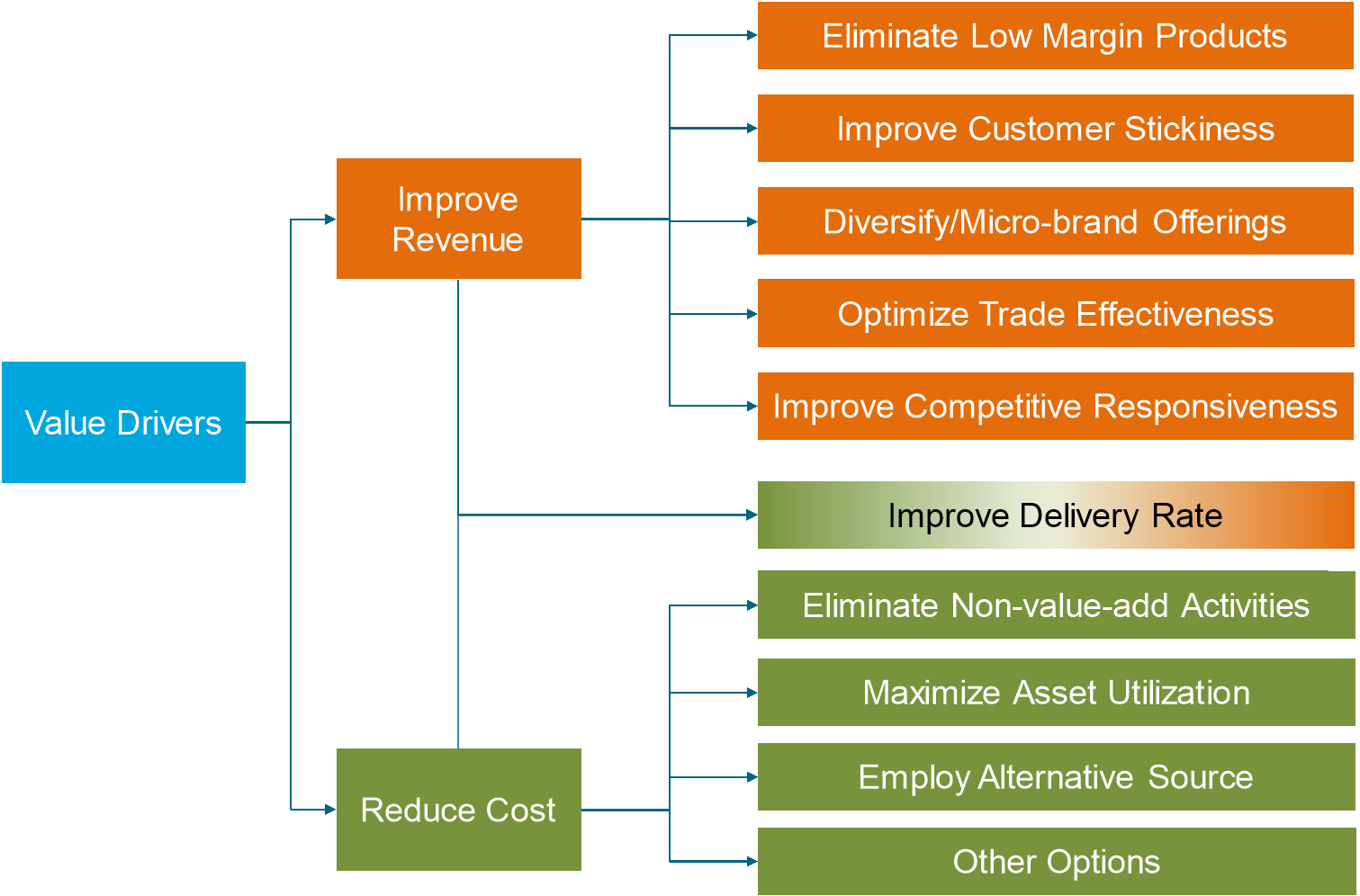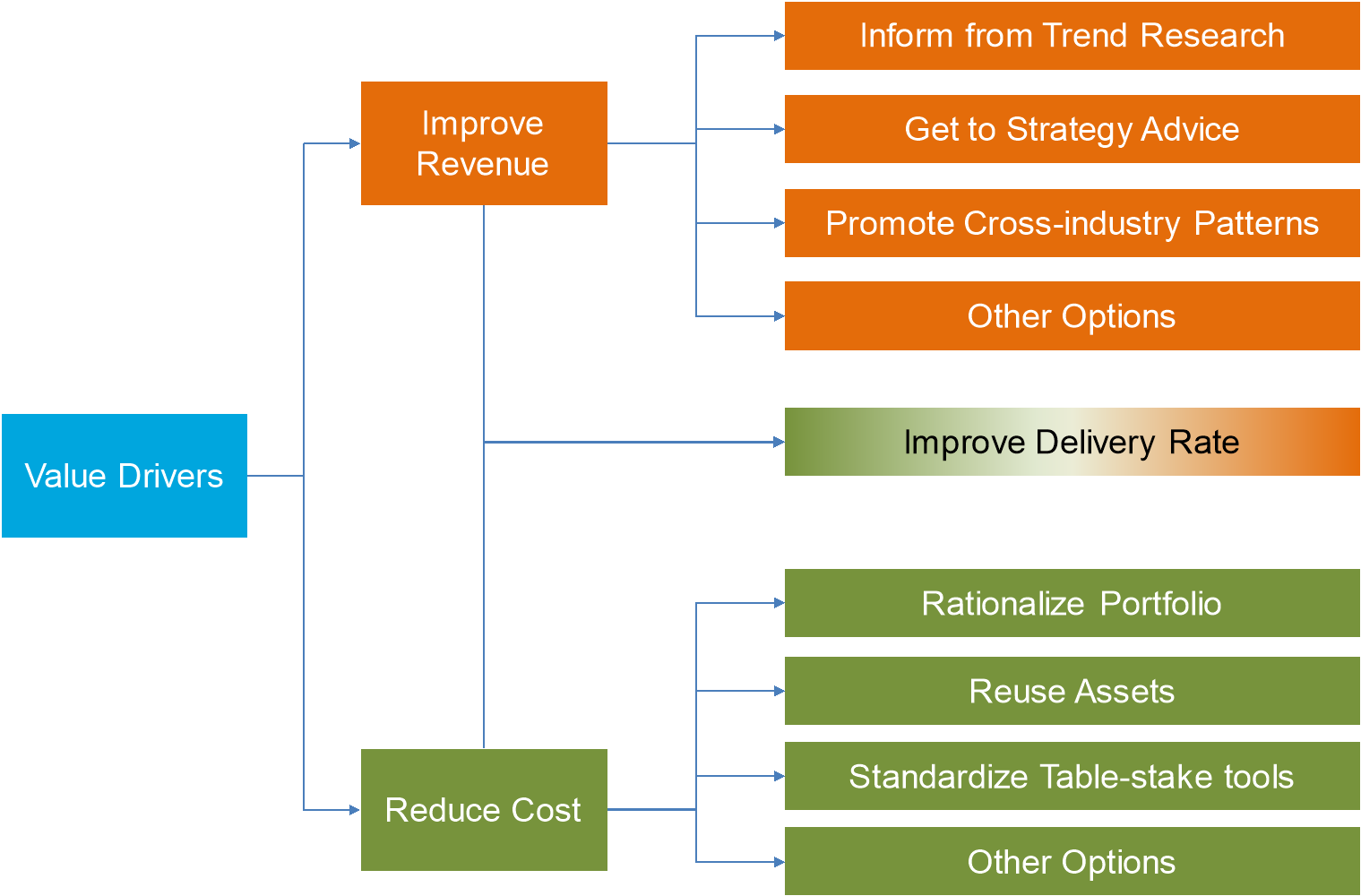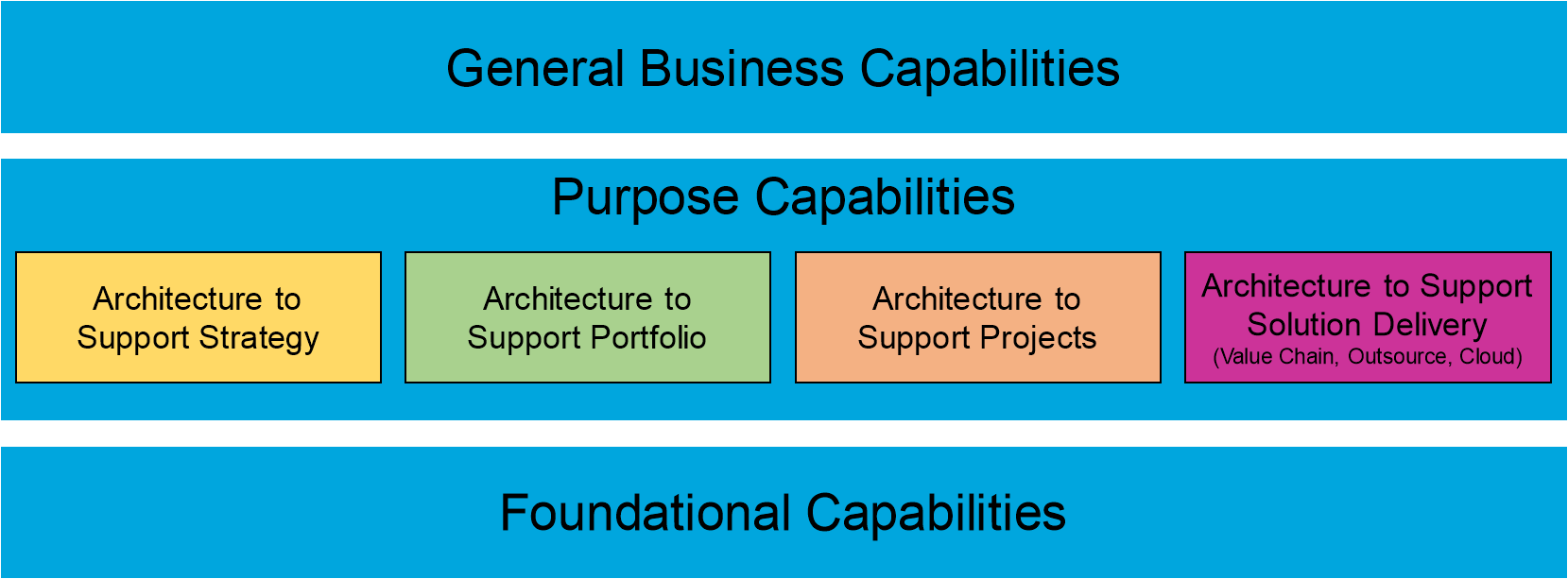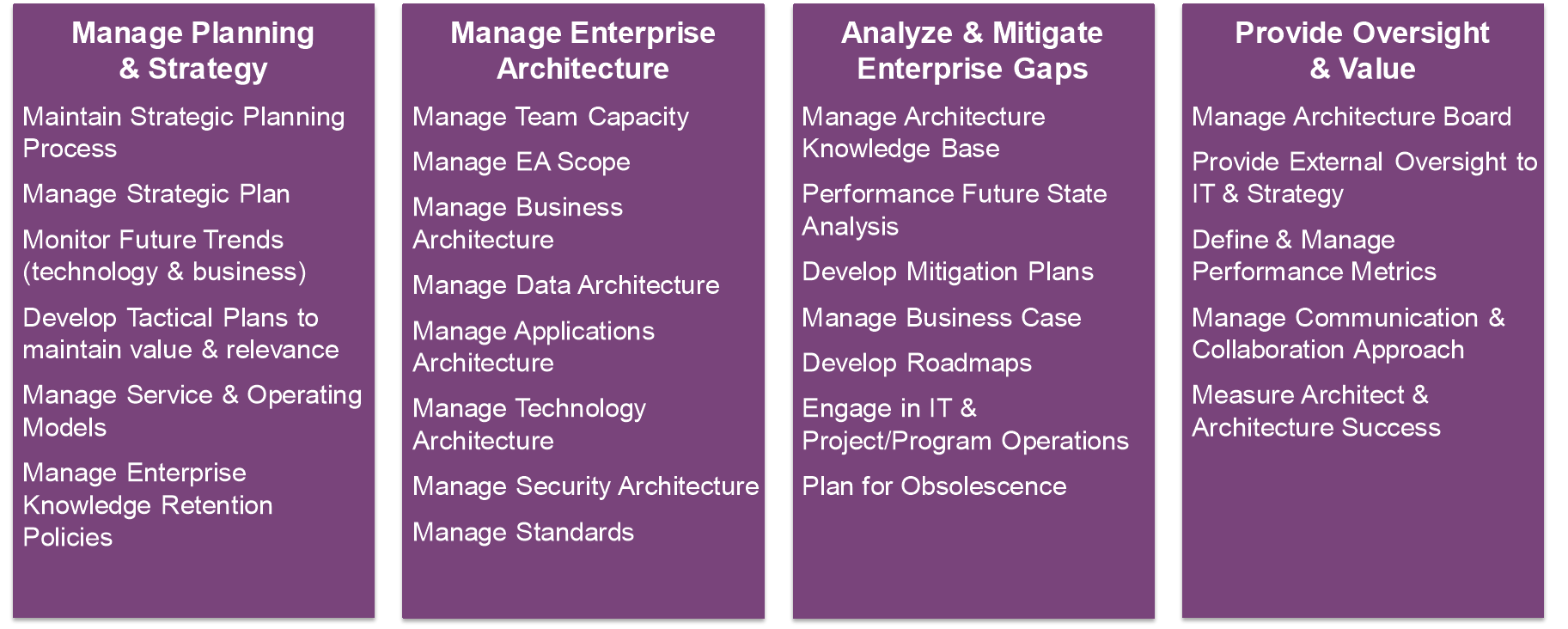11 Create the EA Capability Roadmap
A roadmap provides a set of possible paths and a preferred path to achieve the target state from the current state. The preferred path is arrived at via trade-offs considering the organizational maturity and needs resulting from the gap between current and future state. The process model created using activities in Chapter 10 (Process Model) is a tactical tool, whereas the roadmap is a communication tool. The roadmap should help to answer the following questions:
- What is required before an outcome can be produced?
- What kind of planning and decisions should be driven?
- What resources are required for the EA Capability to deliver?
11.1 Activities to Create a Roadmap
Over time several assumptions could change and result in continual modification of the target state. This chapter will discuss approaches that will assure attaining the objectives, the target state, and keeping changes to the target state to an absolute necessity. To establish this approach:
- Create a multi-year project plan for three distinct efforts – EA Capability management, project engagement for delivery of solutions, and maturity assessment and quality of EA Capability
- Manage the interaction between purposes of the EA Capability
- Manage the interaction between the developing EA Capability and the business cycle being supported
- Manage the interaction with architecture domains (business, data, application, technology, and security)
- Execute on the governance model with tighter alignment with the operating model of the business
To deliver value, a structured plan is needed – just like a work breakdown structure. An architecture capability implementation should be treated like any other project. The plan will have milestones, deliverables, and measures. The objective is to have a plan to sell value, not metrics, build organizational maturity not just EA Capability, and align with the rhythm of the business.
Establishing and enhancing an EA Capability is a multi-year initiative. The business environment morphs with time. A purpose-driven architecture generated based on an initial gap assessment is validated and updated each year. This periodic update also impacts the EA Capability. Rate and depth of change for the EA Capability may not be as significant as the changes to the enterprise. The roadmap for the EA Capability is also updated from time to time. Allocation of architects to purpose-based projects and development of the EA Capability presents too many moving parts for the Leader. One of the common mistakes an EA Capability Leader makes is not realizing the need for a project manager to keep them close and true to plans, manage change, and ensure quality and timely delivery.
By definition, the roadmap presents alternative options and the preferred route from current state to target state. When modifications are made year-over-year, it might give an impression of chasing a moving target. The EA team should be able to trace the changes to the roadmap or creation of a new roadmap to the source of change; invariably the business environment and context change. Another mistake made is not retaining the rationale behind selection of a path. When driving change, it is important to keep track of the triggers and the interpretation.
One of the common mistakes to avoid is not creating a dependency matrix of the organization that takes into account governance reporting, as shown in Table 6, and touch-points with ERM, as shown in Table 7, to manage effort and flow of funds to initiate, execute, and achieve target state. Other dependencies are internal to architecture capability – detail of which business process, software and applications architecture, master data (customers, partners, suppliers, inventory, pricing) are available.
11.2 Linking the EA Value Map to the Enterprise Value Map
The value of EA is realized over a period. See the sample value driver document for business (Figure 20) and EA (Figure 21) below. Either a pictorial or verbal description of the value delivered by the EA Capability and the personnel constituting the EA Capability team along a timeline will be useful in creating the plan.
An EA Capability Leader requires a tight engagement with business leaders to understand, anticipate, and provide a path to deliver on their vision. Creating a structure that defines periodic engagement related to strategic concerns and operational concerns goes a long way in managing the workload of the team providing the EA Capability. The structure or engagement plan allows for shifting focus for one or more of the architects and analysts in the team. The EA Capability Leader should track the depth of engagement and depth of detail, completion of architecture artifacts, and value. As neither EA Capability nor value can be delivered in one step, tracking earned value is key to validating alignment to the roadmap. Forrester Research on EA value summarizes this best:
“Your progress tracker should be able to quantify what is needed (gaps), prescribe where we should be by what timeline, why this prescription is better and how it can be put to practice, and finally how to collaborate with other architects to translate these ‘prescriptions’ into reality. Complement these with an innovation and ‘get ahead’ plan.”
It is the communication plan that demonstrates all the detailed work undertaken by the architects. EA value realization communication should follow both the project release and planning horizon cadence. For example, if the enterprise has a quarterly project release schedule and follows a January to December fiscal funding plan, then the EA value (cost elimination, revenue increase, or value realized) communications should be sent in between the release dates of the two consecutive project schedules. Likewise, communications for future activities should be sent well before the beginning of the annual planning cycle.
Communicating EA Capability maturity may sound like an academic communication. However, a metric to show the value improvement over the previous communication period would suddenly make the maturity communication more attractive and meaningful. Complement the cadence of business leader engagement by communicating how the maturity of the capability improved the efficiency of the organizational initiatives.
Members of the team providing EA Capability have two different day jobs – one to produce the artifacts and another to engage actively with technology and business leaders. The roadmap should consider the capacity of the team; articulate milestone dates to deliver on the objectives, and define appropriate checks and balances for the EA Capability and the projects it influences.

Figure 20: Sample Business Objective Diagram

Figure 21: Modified Version of Business Value Diagram to Represent EA Value
A strategic enterprise roadmap links go-to market strategy milestones to business capability maturity milestones along with its related technology development and learning of personnel involved in the realization of the strategy. It is ideal if the team providing the EA Capability helped create this roadmap and supports all the data behind it. In situations where go-to market and business capability maturity milestones are predefined, having access to this view will inform the EA Capability team to create its roadmap for technology research and delivery.
Other dimensions to address on the roadmap are as follows:
- When each version of gap analysis findings and recommendations will be published
- When each version of the decision framework along with decision-ready recommendations will be published – it is preferable to align this with the planning horizon and project initiation or ideation cycles
- EA Capability improvement (recruitment, training)
- A plan to gain visibility into developments within and outside the enterprise impacting the EA Landscape
- A plan to acquire the right tools to use for EA
- A plan to use modern tools to be collaborative and communicative
11.3 EA Capability Model
The ratio of projects or resources employed in the enterprise is normally several magnitudes higher than the capacity of the team providing the EA Capability. To replicate key efforts of the team providing the EA Capability, a capability model provides the template with which the EA function can be scaled to cover the entire enterprise.
While there are some publicly available EA Capability models, such as NASCIO or the World-Class Enterprise Architecture White Paper, none of them can be directly applied to an enterprise. Context under which they were developed never really matches an enterprise, but they provide a great foundation. Experience shows that using existing capability models in the enterprise or publicly available models as a reference or base accelerates assessment, delivery, and adoption. Analyze these models in terms of the EA Capability context and purpose before selecting the base. Starting with a single model and adding or modifying to meet specific needs of the enterprise vastly reduces time to finalize.
When the capability models presented in the World-Class Enterprise Architecture White Paper or the one shown in this Guide are not adequate, start with the TOGAF ADM phases as the base: manage business architecture, manage data architecture, identify architectural opportunities, and identify alternate viable options.
EA is not a standalone capability. EA is supported by functions like HR, marketing, and product research. The capability model should specify such supporting functions and the extent to which they are leveraged. In the earlier chapters of this Guide, a need for engagement modes with all stakeholders of the EA Capability was addressed. Specific attention was paid to initiating projects and the factors that influenced creation of projects.
To complete addressing all aspects for managing EA as a capability, the Leader should:
- Define and measure the team’s ability to respond to changes in business environment, based on what has been learnt from collective experiences of the team
- Define practices for planning, developing, collaborating, governing, and managing architecture knowledge for the enterprise
- Identity, specify, and rollout an approach to training, infrastructure (tools and equipment), and support needs for the team providing the EA Capability
- Establish an environment to handle errors, reflect on efforts to improve continuously, and an ability to use data insights for decision-making
- While addressing the above dimensions, care must be taken to balance processes becoming shackles that anchor EA efforts to the need for agility and culture to respond to business stimuli; the measurement of success should be about assuring quality of work (providing decision-ready recommendations) with cost-optimized processes
Here are some of the sample models that could help:

Figure 22: Sample EA Capability Model – I[25]
This model aligns to purpose. The purpose could be focused on operating EA or delivering value from EA viz., operational capabilities, and separates common Foundational Capabilities or General Business Capabilities. The capabilities required to support each of the purposes are not presented in this Guide.

Figure 23: Sample EA Capability Model – II
The model shown in Figure 23 aligns to classic architecture domains and development of architecture to support strategy. When applied to an enterprise that manufactures packaging material for food products, “monitor future trends” would mean how to improve the shelf life of products using techniques developed for defense use. Inputs from such monitoring could call for changes to business and technology architecture – retooling the plants, scouting for new raw material suppliers, and new processes. Obsolescence of a product can arise from regulatory changes – like a ban on use of plastic bags or CFC-based coolants in air conditioners and refrigerators. In this connected world of distributed sourcing and just-in-time manufacturing, a focus on IT infrastructure is required to track any impacts arising from disruptions in the supply chain.
While a capability model makes it easy to establish an approach to measure the efficiency and outcome of the EA efforts, alternative approaches like process control or Balanced Scorecard are equally effective.
TOGAF® is a registered trademark of The Open Group
 return to top of page
return to top of page